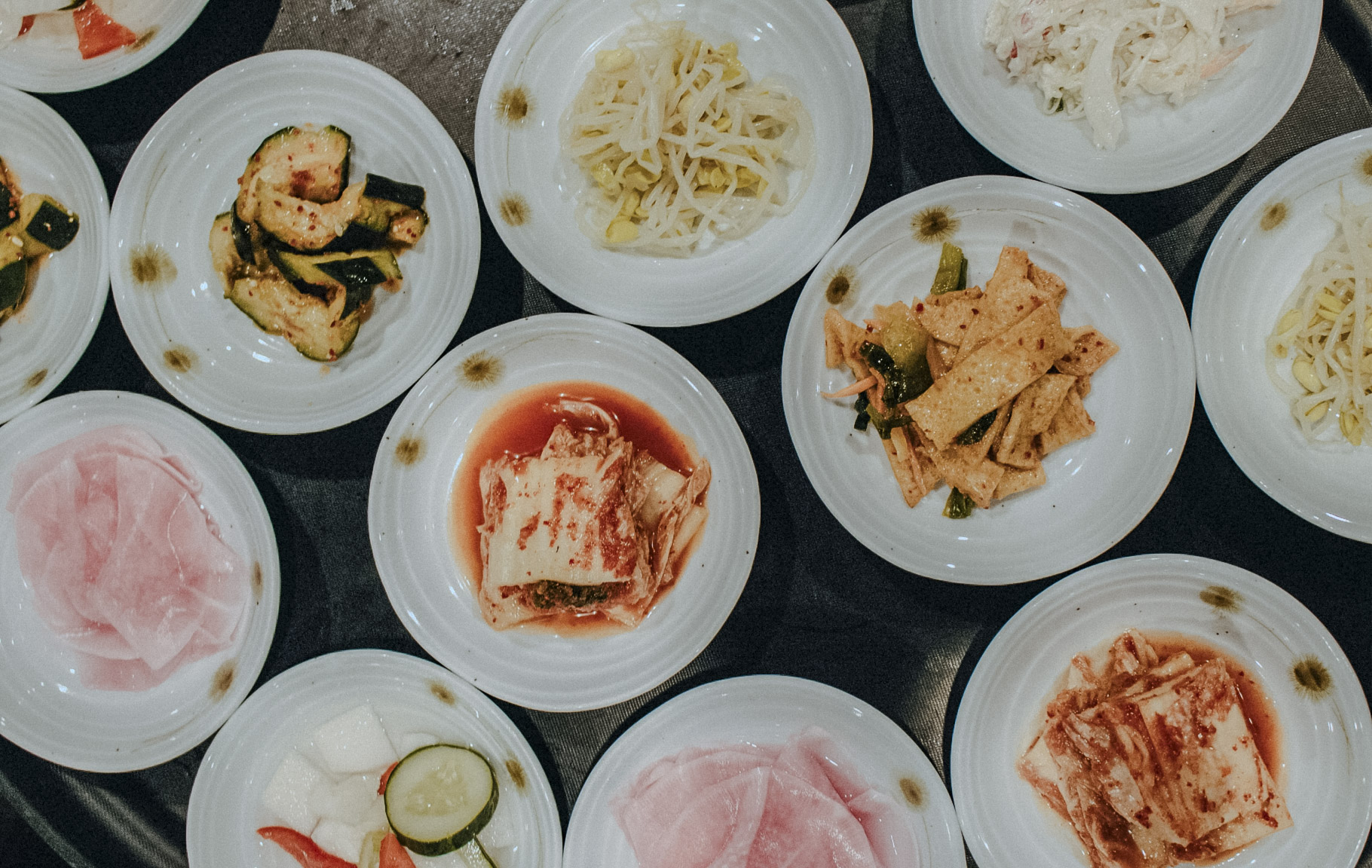Delete Comment?
Are you sure you want to delete your comment?You can’t undo this.

Delete Comment?
Are you sure you want to delete your comment?You can’t undo this.

Taste
Banchan odyssey, Explore a world of flavors
It's an essential element of Korean dining culture, and understanding its role enhances their culinary experience while promoting cultural appreciation and etiquette during their visit to South Korea.
16 Dec, 2024
Taste
Banchan odyssey, Explore a world of flavors
It's an essential element of Korean dining culture, and understanding its role enhances their culinary experience while promoting cultural appreciation and etiquette during their visit to South Korea.
16 Dec, 2024
In the heart of South Korea, where tradition and innovation meld harmoniously, an ancient culinary tradition has thrived for centuries. Banchan, a diverse array of small, flavorful side dishes, is not merely a facet of Korean cuisine; it's the vibrant soul that binds Korean meals together. As we embark on this culinary journey, we'll delve deep into the world of Banchan, exploring its history, significance, and the array of delectable dishes that make up this celebrated tradition.

A Plethora of Flavors: The Eclectic World of Banchan
A quintessential Korean meal is incomplete without Banchan, and the diversity of these side dishes is nothing short of astonishing. From the fiery kick of kimchi to the soothing simplicity of steamed vegetables, Banchan covers an expansive spectrum of flavors, textures, and ingredients. The choices are boundless, ranging from sesame-seasoned spinach (Sigeumchi-namul) to sweet and savory braised potatoes (Gamja Jorim), and from the hearty delight of Korean pancakes (Jeon) to the crispy seaweed snacks (Gim). Every Banchan dish carries its unique history and regional influence, which together weave the tapestry of Korean culinary culture.
Beyond Taste: The Cultural Significance of Banchan
Banchan transcends mere sustenance; it's an embodiment of Korean culture and hospitality. The practice of sharing an array of Banchan dishes among diners fosters a sense of community and togetherness. In Korean tradition, a well-laden Banchan table signifies respect and affection, making it an essential part of family gatherings, celebrations, and even business meetings. The practice of offering more Banchan is a non-verbal way of showing care and ensuring guests are well-fed.
Exploring Regional Variations: Banchan Across South Korea
Just as South Korea's landscape varies from mountains to coastlines, so do the regional variations of Banchan. Coastal regions are known for their seafood-based Banchan, while inland areas often feature more vegetable-centric dishes. Traveling through the country unveils an exciting journey for your palate, from the hearty fare of Seoul to the bold and spicy dishes of Busan. Each region has its unique Banchan specialties, reflecting local ingredients and flavors.
Useful and Interesting Information
(1)A typical Korean meal may include five to ten different Banchan dishes, providing a myriad of tastes and textures to complement the main course. (2)Kimchi, a spicy and fermented cabbage dish, is one of the most famous Banchan dishes. It's not only a staple of Korean cuisine but also a symbol of Korean culture. (3)The practice of offering more Banchan to someone is a sign of respect and hospitality in Korean culture. If you're a guest at a Korean home or restaurant, don't be surprised if the Banchan keeps coming!

Fine Tip
It's also an opportunity to explore a rich array of flavors and textures, making the dining experience more diverse and enjoyable.
Korean Banchan is more than just food; it's a celebration of history, culture, and the art of sharing. It offers a gateway to understanding the deep-rooted traditions and the warm-hearted hospitality that characterizes Korean society. As you explore South Korea's culinary landscape, make sure to savor the delightful world of Banchan. It's a testament to the diversity and depth of a culture that truly comes to life through the tastes and aromas of its cherished side dishes.
You May also like
Taste
Samgyeopsal, Every Korean’s Favorite!
Shopping
Hanji - Korean traditional Paper& Where to find them
Taste
Classic never goes out of style: About Korean Snacks & Where
Shopping
Discover famous regions in Korea
Shopping
Useful tips in usingpublic transport in Korea
Taste
What a Culinary adventure! 6 Most loved K-foods
Spots
Royal palaces in Seoul & Which one to visit
Explore
A Journey Throughthe National Museums
Heritage
Which markets are famous to locals in Seoul?

Comments (0)